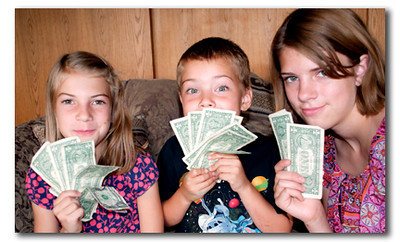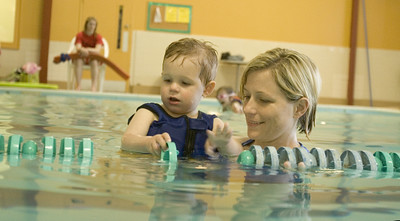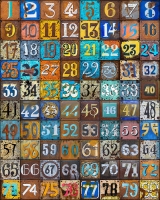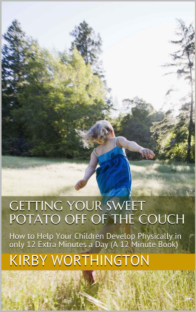Building on "Teaching Kids About Money, Part 1" and "Part 2," the following practical ideas can be considered:
Money games for pre-schoolers to help them learn the worth of money:
- Take file cards and trace around coins. The child can try to fit coins into the spots. Make cards in which the value is explained. One traced nickel equals five traced pennies, one dime equals two traced nickels, and so on. (This is a tough concepts for youngins, since the dime is smaller than a nickel but worth more.)
Note: children like handling coins. Do so for a short time. Do not do it until they lose interest. And do not do it around littles who put them in their mouths. Older children can play with these cards on a tray or box lid to keep it out of reach of younger siblings.






